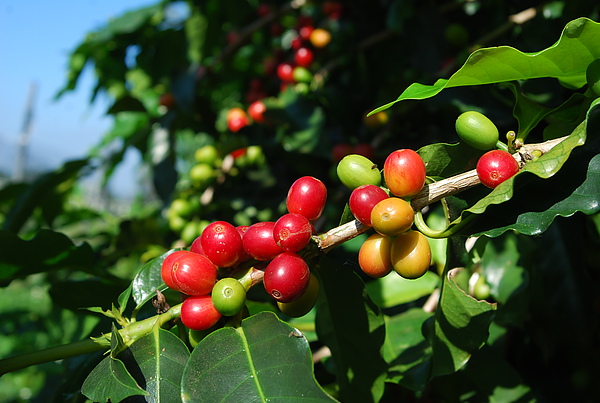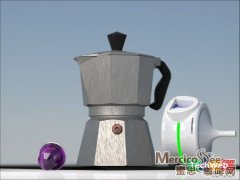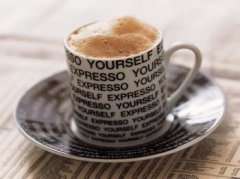Comparison of three original species of Coffee Tree Arabica Coffee Tree
Everyone should have heard of the coffee variety "Elaraby". The best quality beans of the famous Colombian coffee are all Elaraby varieties. When it comes to the variety of coffee, we must first understand the type of coffee tree. At present, the most important coffee beans in the world mainly come from Arabica, Robata and Liberia. these three varieties of coffee beans are the three original species of coffee trees, and the quality of coffee beans produced by other coffee trees is also higher than that of other coffee trees.

The Arabica coffee tree, which originated in Ethiopia, accounts for 70% of the world's output of coffee beans; the world-famous blue mountain caffeine, mocha coffee and so on are almost all Arabica species. Arabica coffee trees are suitable for growing in high mountains with large temperature difference between day and night, and ten soils with low humidity and good drainage; the ideal altitude is 500m ~ 2000, the higher the altitude, the better the quality. However, due to the weak ability to resist diseases and insect pests, it is more difficult to grow than the other two coffee trees.
The Robastian coffee tree, which originated in the Congo in Africa, accounts for about 20% to 30% of the world's production. Luoba Jinta coffee tree is suitable for planting in the lowlands below 500 meters above sea level, has a strong adaptability to the outside world, can resist bad weather, resist diseases and insect pests, and is in soil preparation. Weeding and pruning do not require much manual care, and can be allowed to grow in the wild. It is a kind of coffee tree that is easy to cultivate. But its flavor is more bitter than Arabica, and its quality is much lower, so it is mostly used to make instant coffee. In general, the coffee sold in fast food restaurants is mainly made of coffee beans grown in Robasta. Because it is made in Africa, most Africans drink robastian coffee.
The Liberian coffee tree is native to Liberia in Africa, and its cultivation history is shorter than that of the other two coffee trees, so it is limited to a few places such as Liberia, Suriname and Gaiana, so it accounts for less than 5% of the world's output. The coffee tree of Liberia is suitable for planting in the lowlands, and the coffee beans produced have a strong aroma and bitter taste.
Important Notice :
前街咖啡 FrontStreet Coffee has moved to new addredd:
FrontStreet Coffee Address: 315,Donghua East Road,GuangZhou
Tel:020 38364473
- Prev

A mocha pot that allows you to taste strong coffee.
We all know that traditional coffee pots have their own filters, but most of the time they can't completely filter out the coffee bean residues. This is a hybrid coffee maker designed by designer Luca Veneri. Coffee pot design is somewhat retro, a bit similar to medieval daily necessities, see the corner, the middle can be placed in the middle of the filter, people can put a variety of flavors of seasoning
- Next

The skill of follicular coffee and the exquisite knowledge of filter cup
The type is divided from the material, the filter cup has ceramic, acrylic, AS resin and so on. According to the number of bottom filter holes, there are three kinds of holes: single hole, double hole and three holes. The single-hole filter cup was invented by Mrs. Melitta in Germany, so it is also known as the Melitta cup. It is more popular with Germans who like deep baking. But at the beginning, the amount of coffee powder and the amount of water injected should be calculated.
Related
- Beginners will see the "Coffee pull flower" guide!
- What is the difference between ice blog purified milk and ordinary milk coffee?
- Why is the Philippines the largest producer of crops in Liberia?
- For coffee extraction, should the fine powder be retained?
- How does extracted espresso fill pressed powder? How much strength does it take to press the powder?
- How to make jasmine cold extract coffee? Is the jasmine + latte good?
- Will this little toy really make the coffee taste better? How does Lily Drip affect coffee extraction?
- Will the action of slapping the filter cup also affect coffee extraction?
- What's the difference between powder-to-water ratio and powder-to-liquid ratio?
- What is the Ethiopian local species? What does it have to do with Heirloom native species?

